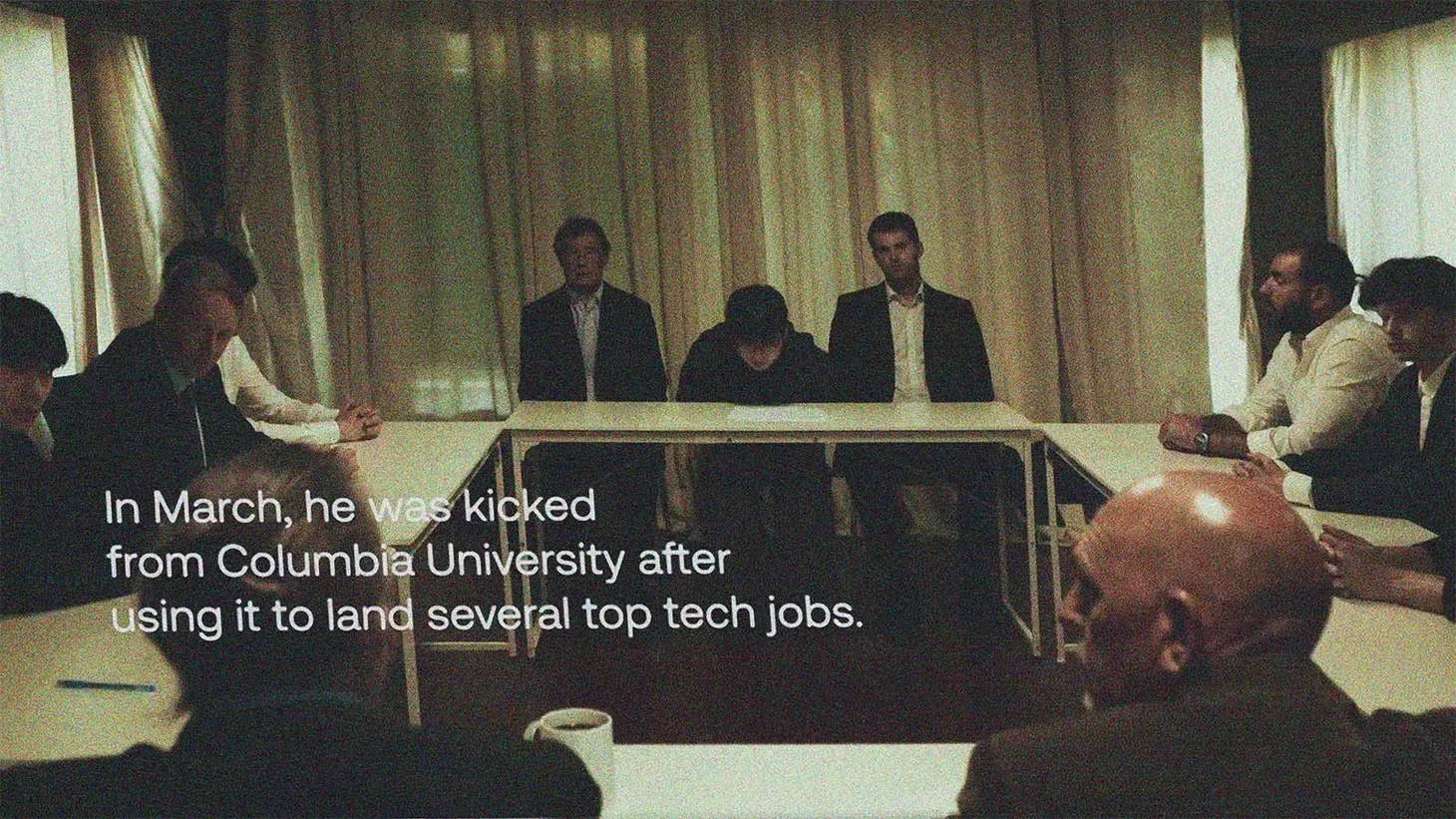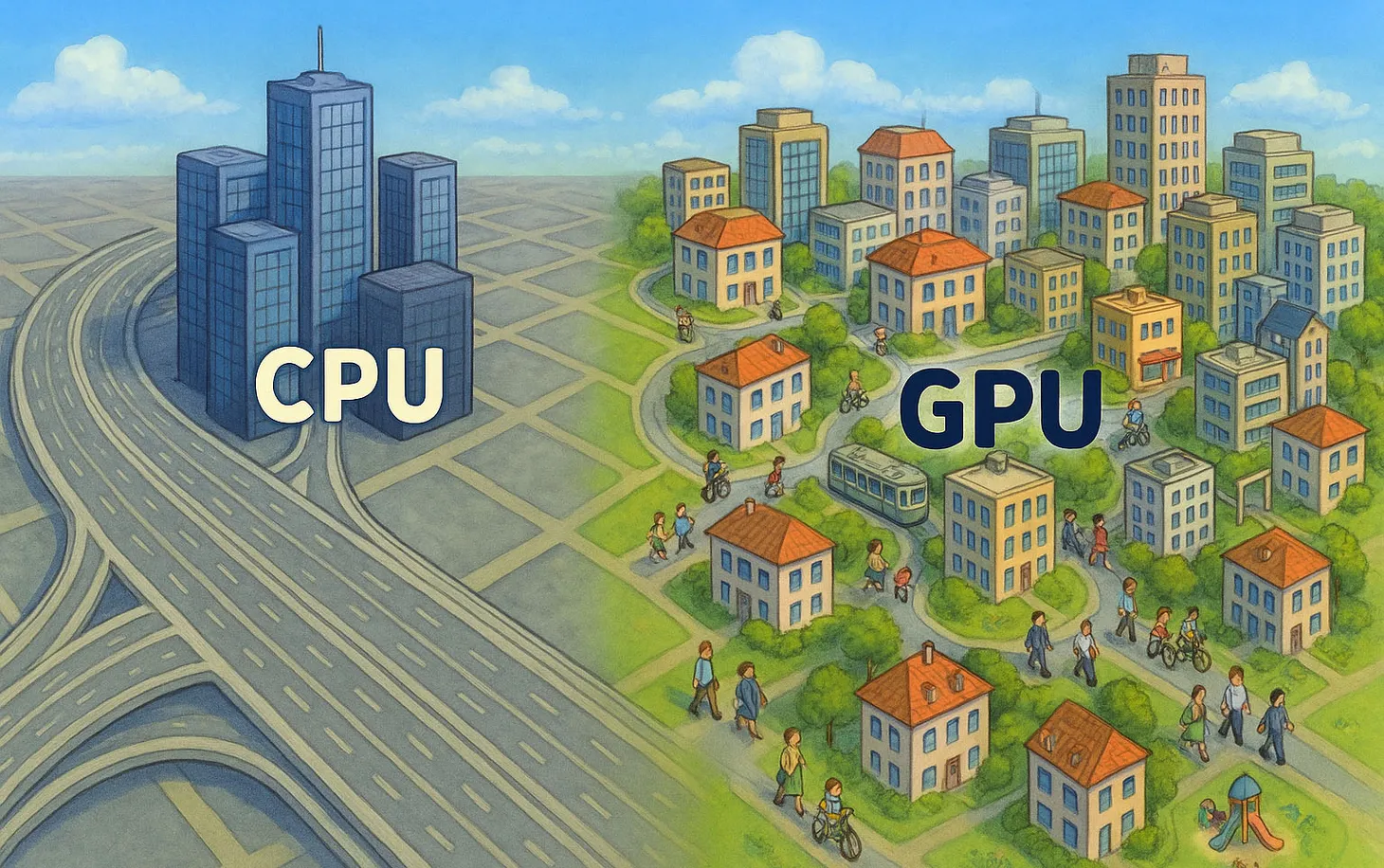AI and Remote Work: A Match Made in Heaven
Remote work enables AI to take on more jobs. Stronger AI enables more humans to work remotely.
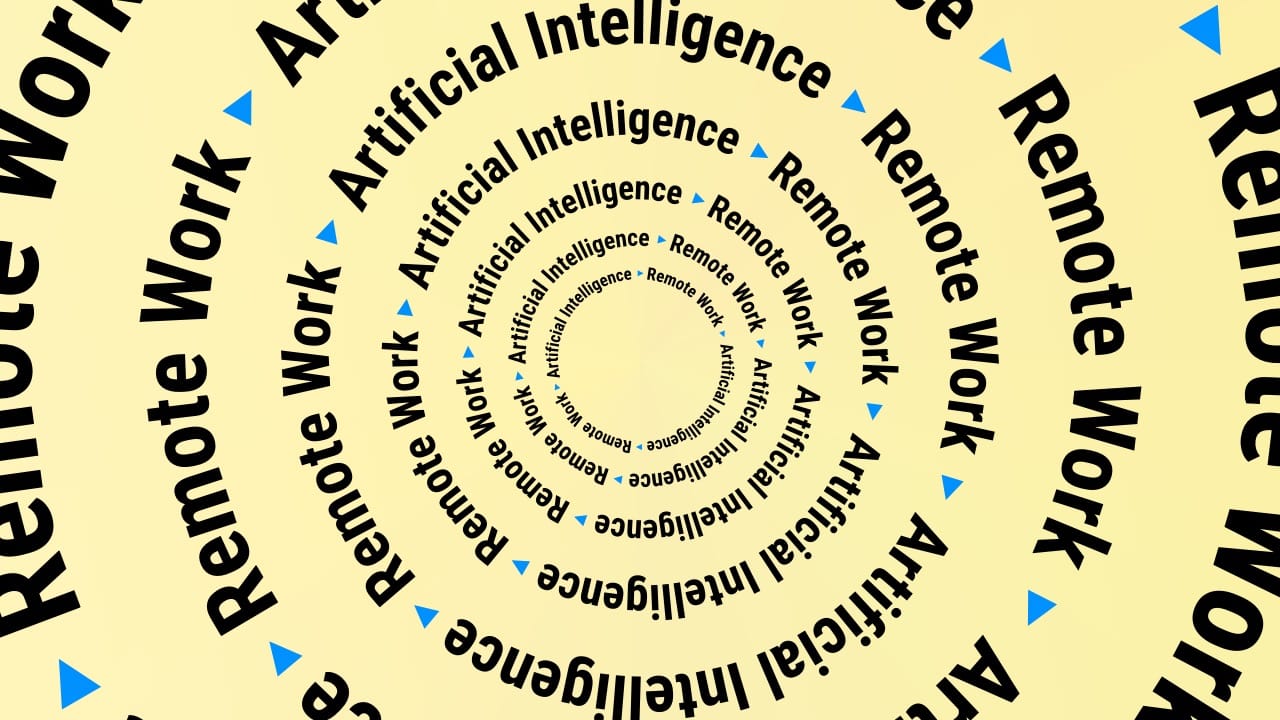
An audio version of this article is available below and on Spotify, Apple Podcasts, and beyond.
Remote Work and AI have a symbiotic relationship. The shift towards remote and hybrid work models has opened doors for AI-driven chatbots and virtual assistants to join the workforce. AI, in turn, enhances remote collaboration by improving communication tools and incentivizing humans to rely even more heavily on digital communication and modular work.
Over the past few years there has been an explosion of remote work. At the heart of the 2020 lockdowns, 60% of paid workdays were completed remotely. Three years later, things are settling at around 25%-30%, a massive increase that compressed 40 years of growth into a couple of years.
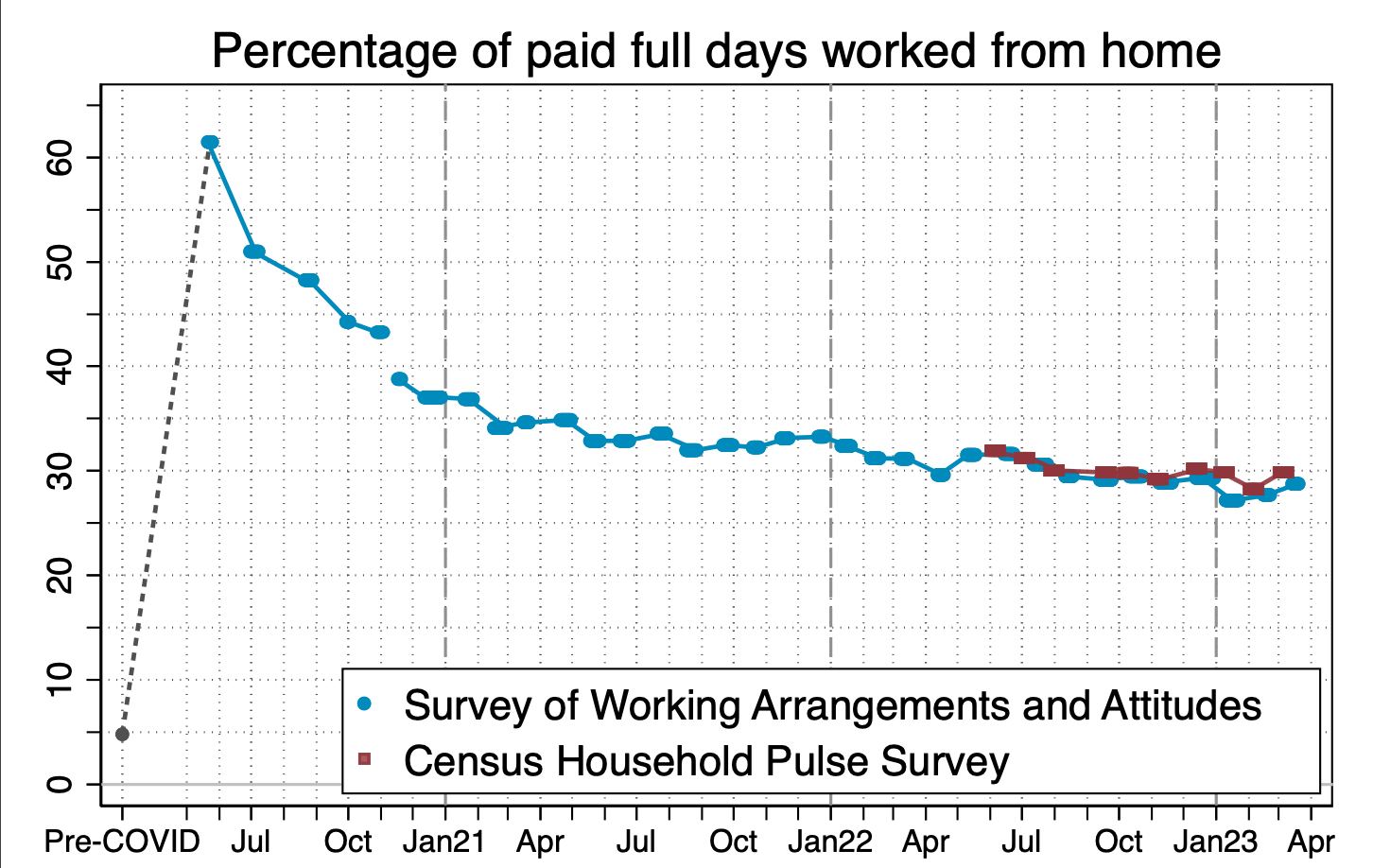
As more people work remotely, work itself changes. Specifically:
- Work becomes asynchronous: Companies are allowing employees to have greater control over their schedules.
- Work becomes more modular and output-based: Managers focus on what people actually produce rather than on presenteeism and "busywork." And workflows are (re)designed to enable the pieces to fit together regardless of when and how they were produced.
- Work becomes digitized: Remote collaboration increases the use of cloud-based tools such as Slack, Google Docs, and Miro. As a result, there is a digital "paper trail" for most work activities — through digital documents, chat histories, and recorded meetings.
These changes liberated the most productive people to become even more productive:
As more and more jobs can be performed remotely, more and more jobs are becoming less constrained by place and time. Remote work is, er, remote. It also tends to be asynchronous. This means that a smaller group of people can capture a bigger share of a given industry’s rewards.
At the same time, these changes created "space" for non-human agents to join the workplace. Or, more accurately, the work non-place: the fact that work was no longer focused around a specific location makes it easier for digital bots to take over tasks that were previously performed by humans.
A great example of this process is customer support. Over the past few years, a larger share of interactions shifted from in-person, to phone calls, to chats. Most large companies — banks, telcos, retailers — provide the bulk of their support in writing, online, via live chat. As a consumer, it's often not clear whether you're talking a human or a "bot." In many cases, you're dealing with a combination, where the bot tries to help you with a few pre-defined scenarios, and the human steps in to handle more complicated and nuanced needs.
The bots are evolving quickly, and, in some cases, they are already performing better than humans. Consider the following implementation of GPT-4, the "engine" that powers ChatGPT. Josh and his team used it to create a chatbot that got in touch with Comcast and negotiated a $100 refund (if you can't see the embedded video, it's here).
At DoNotPay, we are noticing a big difference between GPT-3 and 4 in negotiating bills.
— Joshua Browder (@jbrowder1) April 29, 2023
We sent a GPT-4 bot to chat with Comcast and get a refund.
When Comcast offered $50, GPT-4 said: “NO. That is not enough. I want $100.” It worked!
GPT-3 never pushed back as hard. pic.twitter.com/eEwNpxjbAx
A "negotiation" of this kind would not have been possible a few years ago when business was conducted in person or over the phone. The chat interface that was originally introduced to enable humans to handle multiple conversations in parallel is now used by powerful chatbots that can handle millions of them in parallel and converse like a human.
And negotiating phone bills is just the beginning. A recent experiment used ChatGPT to answer medical queries on an online forum. The responses were later graded by medical professionals and compared to responses from actual human physicians. As you can see in the charts below, the "robots" produced better-quality answers, and their answers also displayed more empathy.
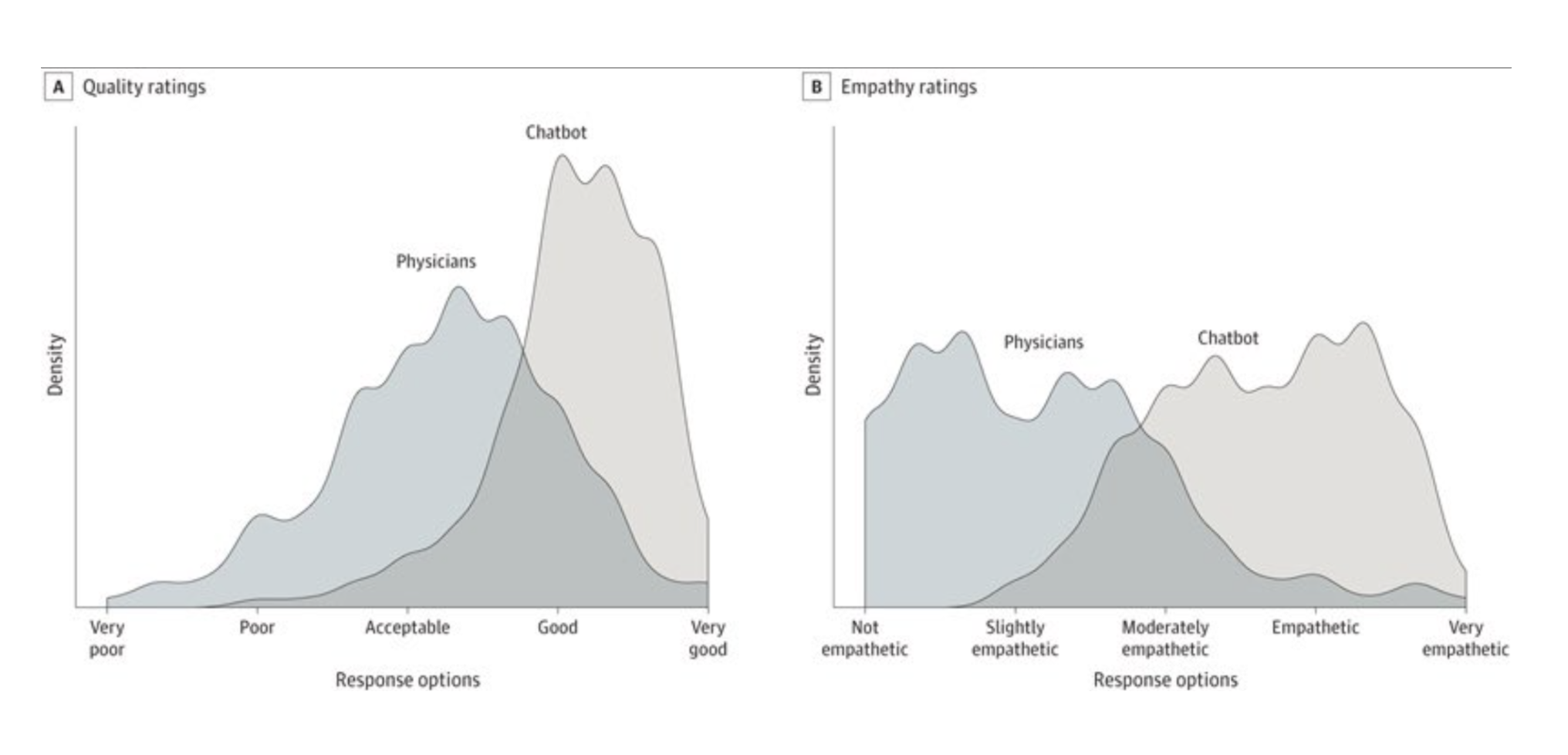
This is not science fiction. These are capabilities that are available off-the-shelf, to anyone, at a relatively low price. Their impact will be profound. Earlier this week, IBM's CEO said the company "expects to pause hiring for roles as roughly 7,800 jobs could be replaced by Artificial Intelligence (AI) in the coming years." Time will tell. But whatever the actual impact on jobs and offices, it's clear that remote work helped set the scene for the seamless transition of AI "agents" into human workflows.
And AI is responding in kind. Advances in artificial intelligence are making remote interaction more life-like and more necessary. A recent example is Meta's new Codec Avatar which enables people to create a digital version of themselves based on a simple smartphone scan.
The realism and richness of these avatars feel lightyears ahead of the stuff Mark Zuckerberg shared during his "Metaverse" demos a year or two ago. Everyone laughed, but the underlying technologies continued their exponential advance.

With AI's help, we can expect online collaboration tools to become real good, real fast. As a result, more people and organizations embrace remote and hybrid work for more tasks. In addition, we can expect chatbots and other AI agents to become integral parts of the workflow in a growing number of industries. To enable these agents to participate and contribute, work will have to be conducted through digital channels — mediated by software and cloud-based applications.
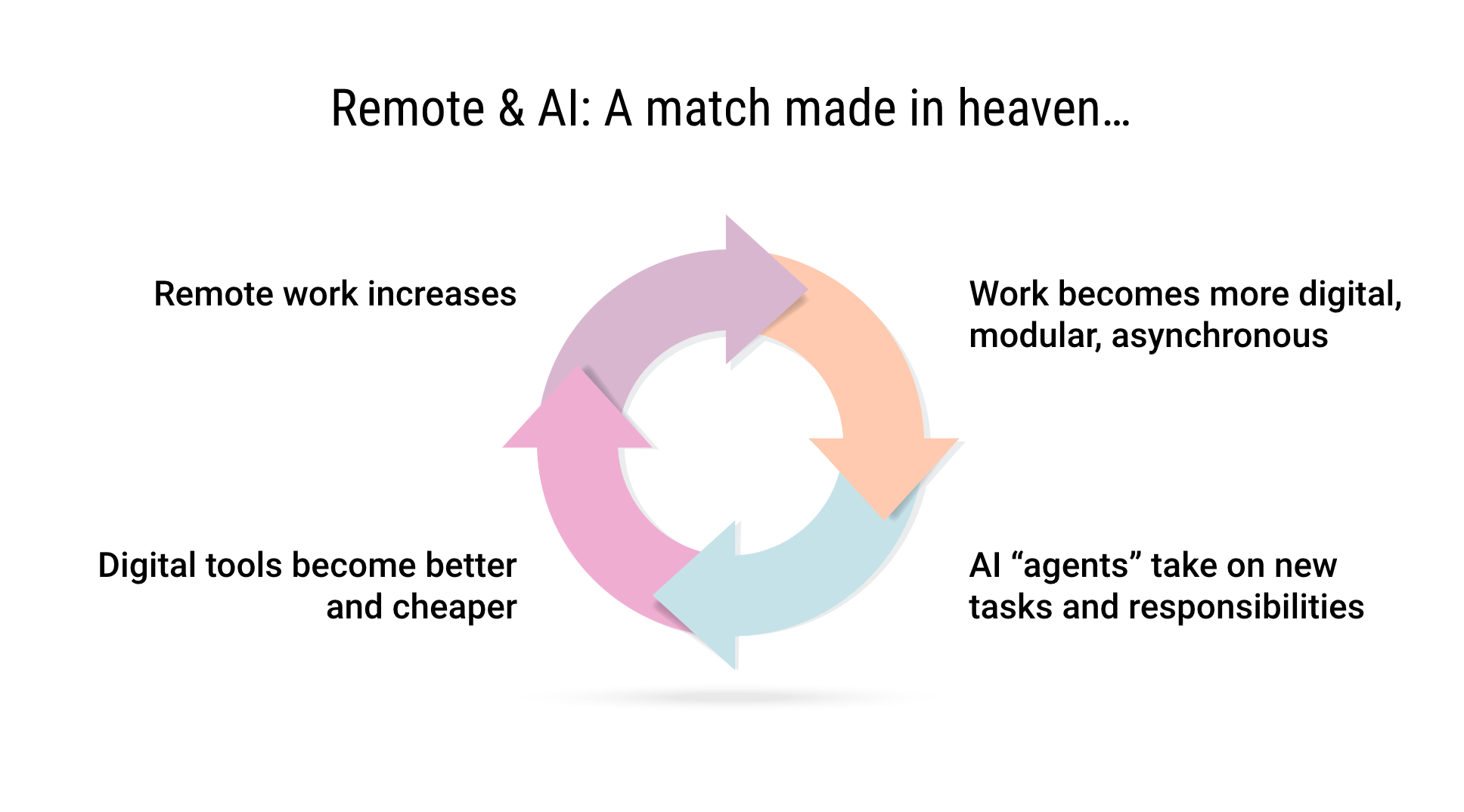
Best,

🎤 How will AI reshape cities, offices, and markets? My speaking schedule for the spring is filling up. Visit my speaker profile and get in touch to learn more.
Dror Poleg Newsletter
Join the newsletter to receive the latest updates in your inbox.


